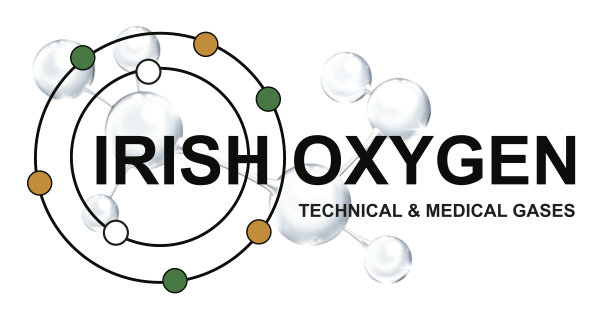Inertisation and blanketing - EOR
Irish Oxygen's inertisation technology, products and services are based on years of experience in controlling the injection of inert gas into plants, or a section of them, to obtain the required concentration inside, in particular in relation to the residual content of one or more types of chemical.
Blanketing is an operation conceptually analogous to inertisation: it differs from inertisation in that as a rule, blanketing requires a limited, constant flow of slightly pressurized inert gas. We speak of blanketing when the plant or plant section to be treated contains products in a liquid or solid phase, obviously in addition to inert gas, while inertisation normally refers to the operation carried out after evacuating the liquid, solid or gaseous products present.
Inertisation can be carried out, depending on the characteristics of the plant and the operational possibilities available, using either continuous or discontinuous flows of inert gas: with our technology, with the same volume to be inertised and the same content of inert gas, it is possible to optimize process times and nitrogen consumption through a specific study of customer requirements. In continuous production cycles, once an initial inertisation process has been commenced, a suitable pressure of inert gas must be constantly maintained within the system using special control systems and apparatus enabling gas to be bled off during tank loading and then injected during the withdrawal phases.
Nitrogen is the most commonly used inert gas because of the following specific characteristics it possesses:
- high chemical inertia
- low electrical and heat conductivity
- very low condensation temperature
Noble gases, in particular argon, displaying greater chemical inertia even at high temperatures, can be used for these applications.
